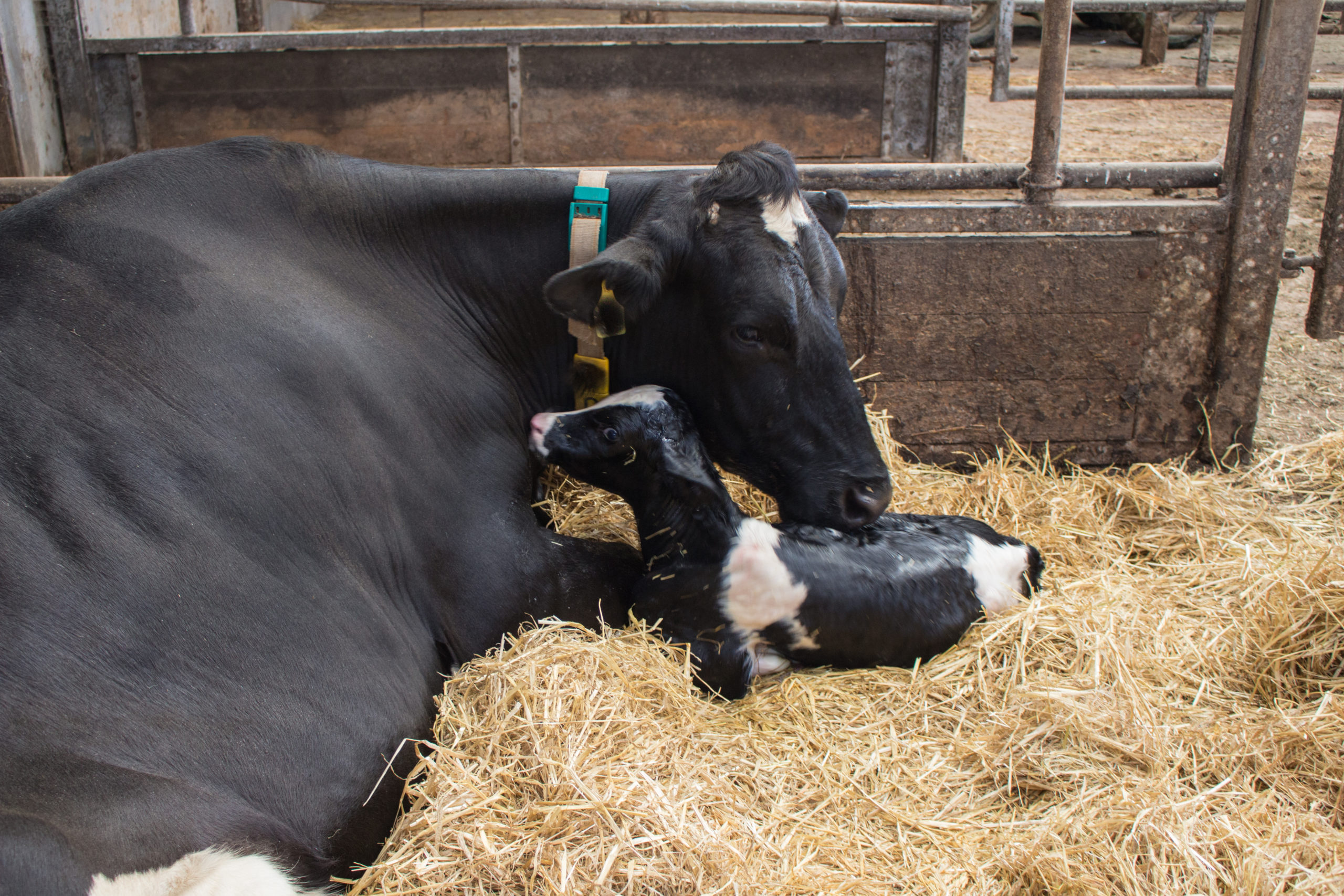Promoting Cow Health After Calving

New mothers across all species experience a period of recovery and adjustment following birth. This is especially true for female cows. Many instincts guide the calving and post-calving process, and your heifer likely needs your support as she recovers. Understanding post-calving can help you support her health to the fullest.
Table of Contents
- What Happens to a Cow After Calving?
- Ways to Support Proper Health Post-Calving
- Healthy Heifers & Calves
What Happens to a Cow After Calving?
Post-calving presents new, unusual situations for your co, even if she’s not a first-time mother. Under ideal birthing circumstances, there a variety of changes a heifer faces as she cares for her new calf. One way to support cow health after calving is to monitor the following health shifts.
1. Adjustment Stress
It takes time for your heifer to adjust to the new situation after calving. Birthing causes acute pain, which triggers bodily responses like inflammation as well as physiological responses. While these factors are a natural part of calving, your cow’s discomfort could inhibit her wellness. If your cow is younger and having her first calf, she may experience more stress than other heifers.
2. Natural Imbalances
As a cow adjusts to caring for her calf, her body experiences natural changes. Accordingly, there are several common imbalances your cow may experience after calving:
- Calcium: After calving, a cow’s blood calcium levels drop as she begins to produce milk. The early form of milk known as colostrum has 20 to 30 grams of calcium. While this is vital for the new calf, it can create an imbalance in the mother’s calcium supply.
- Energy: A heifer’s body uses increased energy levels to heal and produce milk. The amount of energy she receives from her food intake may not cover all her energy needs.
- Water: Around the time of calving, your cow may reduce her feed and water intake. She may also lose fluid during calving. While this is natural, it may create a water imbalance as the mother recovers and works to produce milk.
- Nutrients: Because cows tend to decrease their feed intake close to calving, they do not receive as many food-based nutrients.
3. Effects of Lactation
Lactation facilitates some of the greatest health shifts within a cow post-calving. While producing milk, cows require twice as much food energy as they do under normal circumstances. This is especially important for dairy cows, as their milk production prompts a significant outflow of water, minerals and protein. Lactation is vital to a new calf. For heifers to provide milk and colostrum and maintain their health, they must replenish lost nutrients.
Ways to Support Proper Health Post-Calving
It’s important to consider the ways you can promote your cow’s health after calving. Her body has many natural processes to begin healing and adjustment. You can build upon these measures by implementing some of the following practices:
- Optimize cow comfort: You can counteract the natural stress of calving by giving your cow a calm, clean space. Clean feed bunks and water troughs, comfortable bedding and an appropriate temperature can contribute to heifer comfort.
- Provide nutrients: Nutrients can address the natural imbalances your cow experiences. A low potassium diet with anionic salt can promote optimal health and recovery. These nutrients can help your cow utilize calcium from her bones and absorb it from her small intestines to keep up with her lactation needs.
- Provide proper feed amounts: The amount of feed your cow receives post-calving may affect her immediate fertility. Feed intakes vary based on your cow’s age, breed and weight. Considering your cow’s specific circumstances can help support her overall health and recovery.
Healthy Heifers & Calves
Post-calving recovery helps to restore your cow’s full health and promote the well-being of the new calf. As both mother and baby build their strength, you can support their growth needs for a high quality of life.
